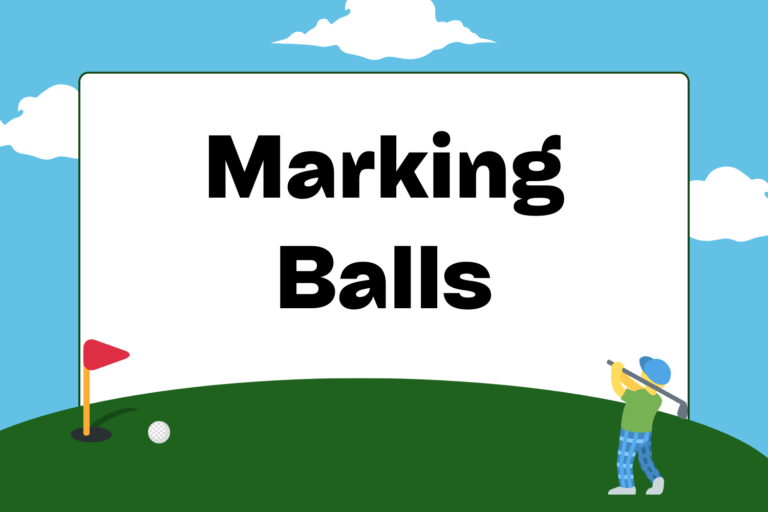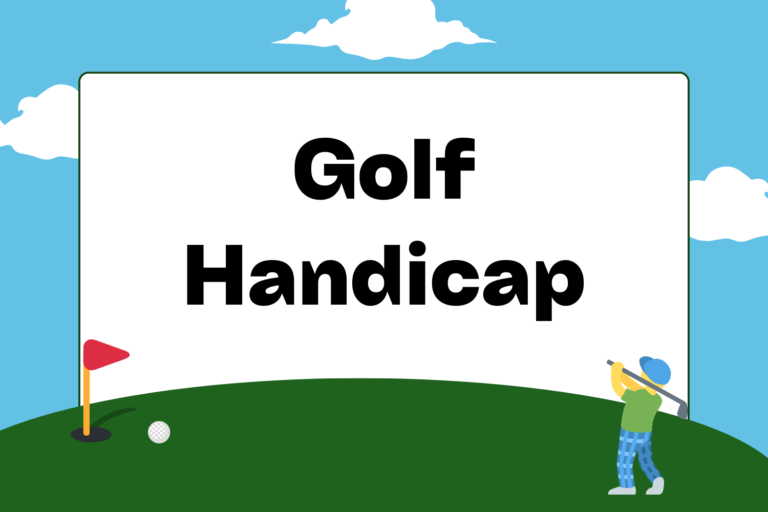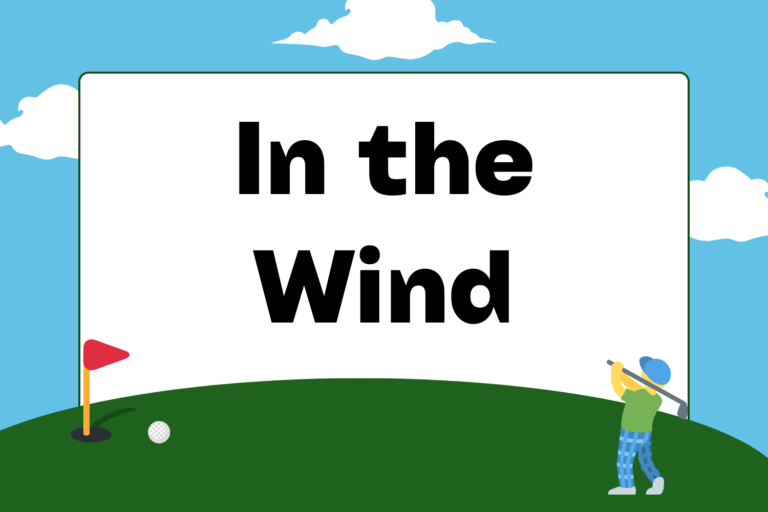For many beginners, the most popular club in the bag is, not coincidentally, the biggest club in the bag – the driver. The driver is the club of choice when you want as much distance as you can get off of the tee, which explains why it’s so fun to hit when you’re playing well.
But as much fun as a good drive can be, few frustrations compare with those that come with a bad drive. So, in order to save you some of those aggravating feelings, this guide will go over the fundamental setup and swing keys for hitting the driver long and straight off of the tee.
Equipment You’ll Need
A Driver
They come in many shapes and sizes, but the most important variables in a driver are its shaft flexibility and degree of loft. If you’ve got a slower swing speed, you’ll want a more flexible shaft. And if you’ve got a fast swing speed, you’ll need a stiff shaft for your driver. As for degree of loft, you’ll typically find drivers with anywhere from eight to eleven degrees of loft. A matter of personal preference, choose more loft if you want the ball to get up higher in the air, and choose less loft if you’d prefer a lower drive trajectory.
A Golf Ball
It’s important to know what effects certain types of golf balls yield. If you’re playing a soft, high-spin ball for control around the greens, you’re putting more spin on the ball off of the tee with your driver, increasing the risk of hooking or slicing the ball. However, if you use a low-spin ball in order to hit it straighter, you won’t get the improved touch around and on the putting green that you would from that high-spin ball. Try finding a ball that is designed to be a solid compromise between the two.
Tees
When you’re hitting your driver, you’ll need to tee the ball up, off the ground. You should keep your golf bag stocked with these little wooden friends at all times.
Golf Shoes
Cleats (whether they’re metal or soft spikes) help keep you grounded for every shot on the course. They become especially helpful when you’re driving the ball, because you’re taking the longest swing you’ve got, and it’s all too easy to lose balance.
The Setup
As with all shots, unless you’re positioned well at the setup, you won’t be able to pull off your best swing. Here’s what to keep in mind:
Tee It Up
With the driver, you want to hit the ball off a tee. The general rule of thumb for tee height is this: With the ball on the tee and your driver set up to the ball, half of the golf ball should be above the driver’s face. Off course, you can experiment with tee height on the range based on the amount of loft you want your drives to have.
Step Back
Stand farther from the ball than you do for iron or wedge shots. You don’t want to be stretching uncomfortably for the ball, but you do want to extend your reach, which will give your swing the room it needs to achieve the right plane.
Widen Your Stance
Driving involves a long and wide swing. Widening your stance helps you (1) stay balanced, and (2) allow for a good amount of weight shift to your front foot on the downswing and follow-through. You want a good flex in your knees, and you don’t want to be too upright in your back or too hunched over. Point out your feet a little for extra balance, especially your front foot.
Ball Up in Your Stance
The driver is one of the only clubs with which you’ll want to hit the ball on the upswing. With irons or wedges, you want to hit down on the ball, but with the driver, you want to sweep the ball. In order to promote this sweeping action, place the ball further up in your stance than would for irons and wedges. If you draw an imaginary line from the ball to your feet, the ball’s position should be just off your front foot’s heel.
Relax Your Back Elbow
By relaxing your back elbow (for right-handed players, the right elbow), you’re setting up for an upward impact. You’ll notice that once you let the tension out of your back elbow, your back shoulder drops lower than your front shoulder. Now, tilt your head slightly to match the angle of your shoulders, and you’re ready to swing and hit your drive the right way: Impact on the upswing.
Hot Tip: Pick a Line
Sometimes when you’re hitting a driver toward a wide open fairway, it’s easy to ignore a specific target line and simply hit it out there somewhere. You’ll find that this isn’t the best method to hitting consistently straight drives.A good way to get a solid line is to stand back behind the ball, look out and find the exact spot of the fairway on which you want your ball to land. Draw an imaginary line from this spot to your golf ball, and focus on a leaf or piece of grass about six inches in front of your ball that lands on that imaginary line. When you set your clubface up to the ball, line up to that spot you’ve picked out six inches in front of your ball, and swing through that spot during your drive. You’ll see a big difference in the accuracy of your long game.
The Swing
Once you’ve set up to the ball properly, it’s time to start your swing. Here are the essentials to a rhythmic, solid and productive swing:
One-Piece Takeaway
The first move you make in a driver swing is what is known as a one-piece takeaway. The takeaway involves bringing the shoulders, arms, hands and clubhead back along a straight, slightly inward path. That means all of the components of the move should be in synch while the clubhead is taken back its first six to ten inches. No wrist action, no lower-body movement. Just the one-piece takeaway for the first part of the backswing, and keep it low and slow.
Full Shoulder Rotation
When you’ve taken the club back about a foot, the turn of your backswing is set to begin. Let your arms and shoulders rotate around your spine, and allow your wrists to hinge at the top of your backswing. To check if you’re in a good position at the top of your backswing, make sure your front shoulder is as far under your chin as you can get it, and that your back is facing your target as much as you can comfortably turn it. A full rotation is one of the keys to a powerful swing, but don’t hurt yourself trying to get more out of your body than it’s capable of giving.
The Downswing
When you reach the top of your backswing, your driver’s shaft should be at or close to parallel to the ground. Once you’ve rotated fully, your lower body should start the downswing. Turn your hips and begin shifting your weight onto your front foot. You’ll feel like your club is lagging behind your lower body.
Impact on the Upswing
Feel your shoulders, arms, and club catch up to your lower body, and let your wrists unhinge on the way down to the ball. The right impact for a driver is impact on the upswing, so that you’re sweeping the ball off of the tee. You want the clubface to be square to your line, and to hit the ball in the center of the clubface’s sweet spot. Release your hands through the ball on your intended line, and come to a full and front-weighted follow-through for a picturesque finish.
Hot Tip: Don’t Over-Swing
One of the biggest mistakes players of all experience levels make is over-swinging the driver in an attempt to get more distance. Everyone wants to get more yards off the tee, but by trying to kill the ball, what you’re really doing is increasing the likelihood of losing balance, shifting focus, or hitting the ball with the wrong part of your driver’s clubface. All of these things can directly or indirectly ruin the accuracy or control of your drive.Real power comes from a fully rotated and well-executed swing. If you refine the mechanics of your swing and employ the right, steady rhythm, you’ll see your drives fly much farther into the fairway than any drives you’ve swung at as hard as possible.
Practice
The driver is a fun club to hit, so practicing with it won’t be a problem. Head to the range and really focus on hitting every drive with a full body rotation. Don’t forget to feel your weight transfer from the inside of your back foot to your front foot on the follow-through.
Pretend every tee shot you hit on the range is actually out on the course. Pick a specific line, imagine a fairway and hazards, and try to imagine the type of pressure you’ll feel once you’re teeing off on the golf course–where every shot counts. Most of all, have fun!





